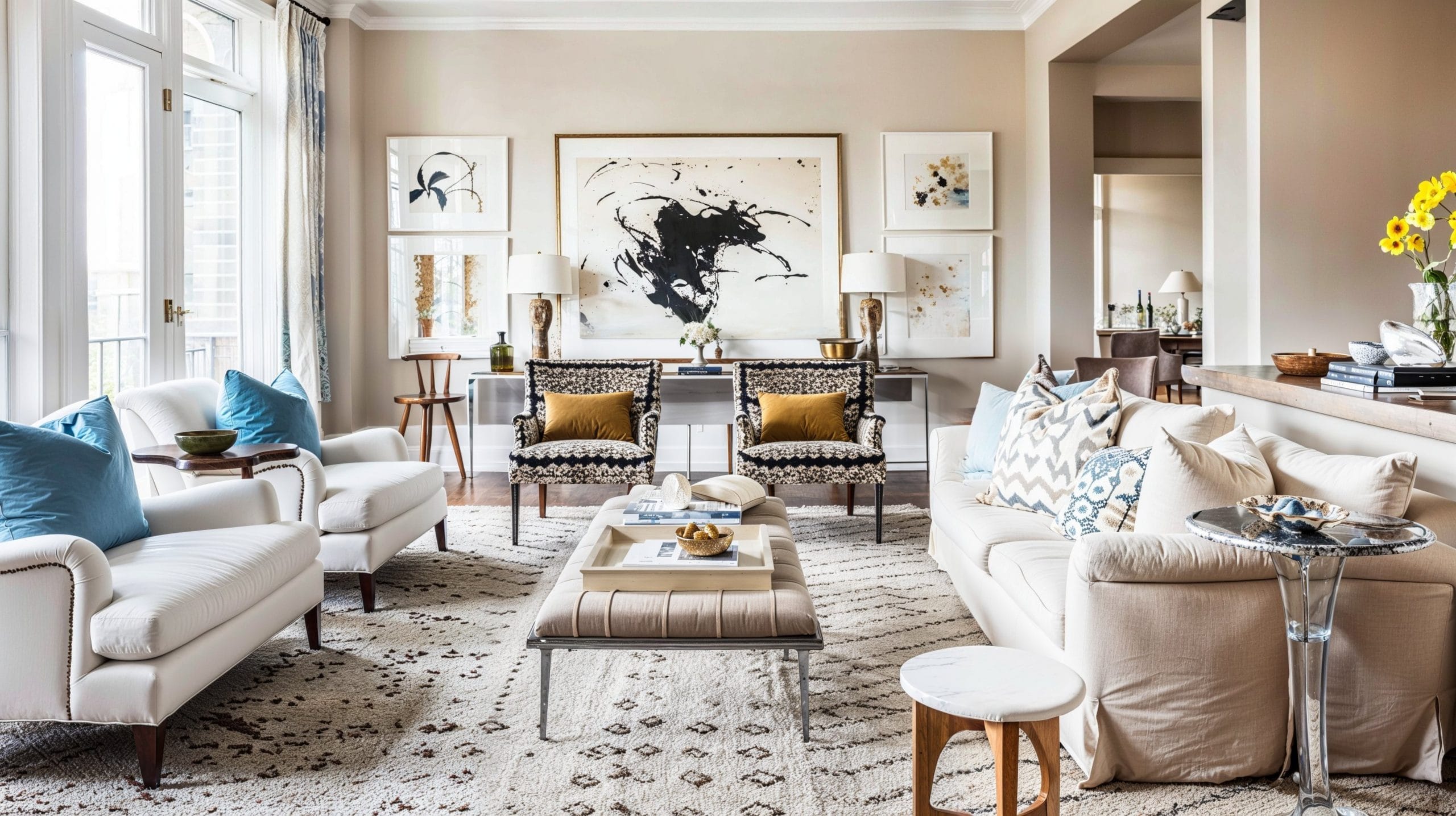Interior Designers in Chennai: Merging Tradition with Contemporary Design
Chennai, the capital of Tamil Nadu, is a vibrant city known for its rich cultural heritage, intricate art forms, and rapid modernization. As the city continues to evolve, so does its architectural and interior design landscape. Interior designers in Chennai are increasingly blending traditional elements with contemporary aesthetics, creating spaces that resonate with both history and modernity. This fusion not only reflects the city’s cultural identity but also meets the needs of a diverse population.
The Influence of Tradition
Chennai’s architectural styles are deeply rooted in South Indian traditions. From the intricately carved wooden pillars of ancient temples to the vibrant colors and patterns of traditional homes, the essence of Tamil culture is palpable. This rich history offers a treasure trove of inspiration for interior designers. Elements such as Kolam (the traditional rice flour art), vibrant textiles, and antique furniture are often incorporated into modern designs, creating a dialogue between the past and the present.
1. Use of Traditional Materials:
Many designers emphasize using local materials like teak wood, clay tiles, and stone, which not only enhance the aesthetic appeal but also ensure sustainability. The warmth of wooden furniture can be complemented by contemporary design elements, making a space feel both inviting and modern.
2. Art and Craftsmanship:
Chennai is home to various art forms, including Tanjore painting and textile weaving. Interior designers often incorporate these traditional art pieces into contemporary settings, creating focal points that celebrate local craftsmanship. A well-placed Tanjore painting can serve as a stunning backdrop in a minimalist room, marrying history with modern design principles.
Contemporary Design Trends
The contemporary design scene in Chennai is characterized by clean lines, functional spaces, and innovative use of technology. Designers are increasingly focusing on creating open, airy spaces that maximize natural light while maintaining a strong connection to nature. This is particularly important in a city known for its warm climate.
1. Minimalism Meets Maximalism:
While minimalism is a key trend in contemporary design, many Chennai interior designers are opting for a balanced approach, known as “maximalism.” This involves layering textures and colors while maintaining an overall sense of harmony. By combining modern furniture with traditional motifs, designers can create spaces that feel both eclectic and cohesive.
2. Smart Home Integration:
With the rise of technology, many interior designers are integrating smart home solutions into their projects. Automated lighting, climate control, and security systems are becoming commonplace. This modern touch enhances convenience while allowing for traditional design elements to coexist seamlessly. For instance, a smart lighting system can highlight a traditional art piece, enhancing its presence in a modern setting.
The Role of Cultural Sensitivity
Understanding the cultural nuances of Chennai is crucial for interior designers. The city is a melting pot of various traditions and lifestyles, and designers must be sensitive to the preferences and values of their clients. This often means incorporating elements that reflect personal histories or family legacies, thereby creating spaces that are not just aesthetically pleasing but also deeply meaningful.
1. Customization and Personalization:
Many designers in Chennai focus on customizing spaces to reflect their clients’ personalities. This can involve integrating heirlooms, family photos, or traditional artifacts into the design. Such personalization not only enriches the space but also fosters a sense of belonging.
2. Sustainability and Ethics:
Modern clients are increasingly aware of sustainability. Many interior designers are prioritizing eco-friendly materials and practices. This includes sourcing local materials, using non-toxic paints, and employing sustainable design principles. By merging these contemporary values with traditional aesthetics, designers are crafting spaces that are both stylish and responsible.
Notable Designers and Their Contributions
Several interior designers in Chennai are making waves by successfully merging traditional and contemporary styles. For example:
- Sanjana Suri: Known for her ability to integrate traditional Indian motifs with modern design elements, Sanjana creates spaces that celebrate heritage while embracing modern functionality. Her work often features a rich palette and carefully curated decor.
- Ravi Raj: Ravi emphasizes the use of local artisans and craftsmen, ensuring that traditional techniques are preserved in a contemporary context. His designs often reflect the ethos of Tamil culture, seamlessly blending old and new.
- Anjali Menon: Anjali’s designs are characterized by their playful use of color and texture. She often incorporates traditional textiles in modern upholstery, creating a unique juxtaposition that appeals to younger clients.
Conclusion
Interior designers in Chennai are at the forefront of a fascinating design evolution that honors the city’s rich heritage while embracing contemporary trends. By merging tradition with modernity, they create spaces that are not only functional but also resonate with the cultural spirit of Chennai. As the city continues to grow and evolve, this unique blend of styles will undoubtedly play a crucial role in shaping its architectural narrative. Through innovative designs that celebrate both the past and the present, Chennai’s interior designers are crafting a visual language that speaks to the heart of its people.





